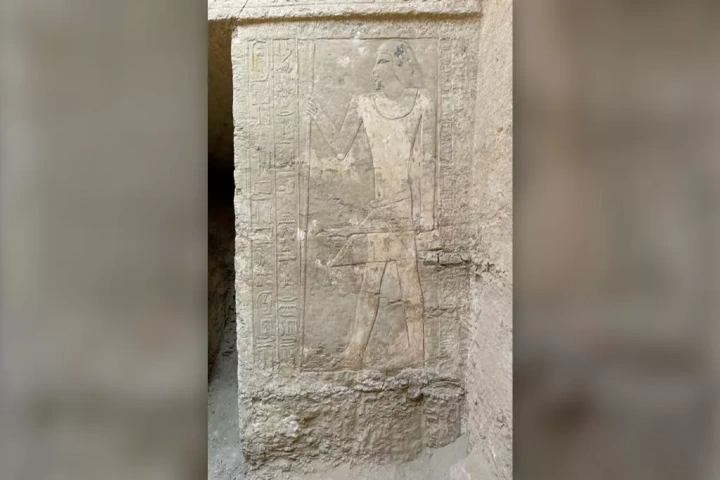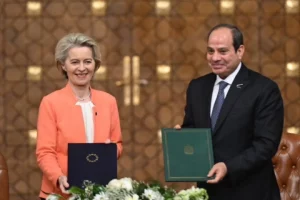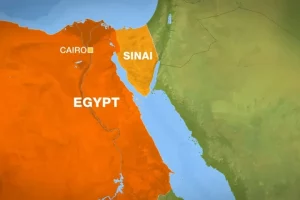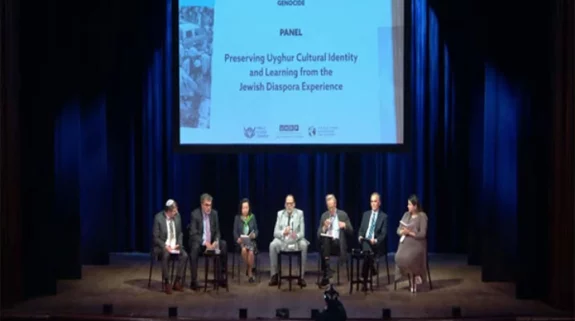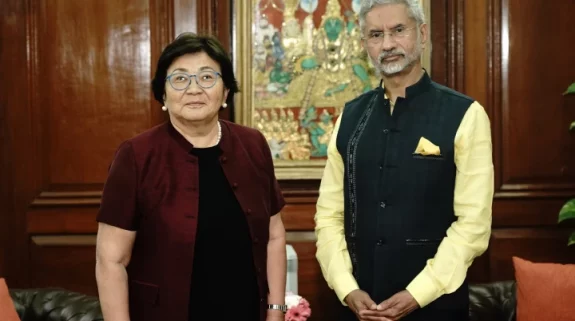The mighty ancient Egypt is not just about the great pharaohs, queens and wars. It is also about hundreds of officials who helped the monarch to run this powerful empire. Not much is known about these officials.
Now archaeologists have found a 4,300-year-old tomb of a man called Mehtjetju — an official who professes to have access to “secret” royal documents — states a report in livescience.com. The location of this tomb is next to the Djoser’s Step Pyramid, which was built 4,700 years ago in Saqqara.
The hieroglyphs in the tomb as per Kamil Kuraszkiewicz in a statement said: "The dignitary bore the name Mehtjetju and was, among other things, an official with access to royal sealed — that is secret — documents.” Kamil Kuraszkiewicz is a professor at the University of Warsaw's faculty of Oriental Studies.
Finding the tomb of an official next to the Step Pyramid – the first one to be constructed by the ancient Egyptians — is not strange. The reason is that Djoser "was an important and revered king from the glorious past”, and many officers of the Empire, even hundreds of years later, were keen to be buried next to his pyramid explained Kuraszkiewicz to Live Science.
Information gathered so far throws light on the career of Mehtjetju. During Mehtjetju's lifetime, the first three pharaohs of the sixth dynasty ruled. These were Teti whose reign was from 2323 B.C to 2291 B.C.; Userkare 2291 B.C. to 2289 B.C.; and Pepi I who ruled from 2289 B.C. to 2255 B.C. This official may have served either one of them or more. The statement also said that this official had also served as "inspector of the royal estate" and a priest of the mortuary cult of the pharaoh Teti.
The experts and archaeologists have so far explored only the entrance of the chapel in the tomb and found the hieroglyphic inscriptions, paintings and a relief depicting Mehtjetju. The inscriptions do not mention names of any family members.
Kuraszkiewicz told Live Science that exploration and excavation of the burial chamber has to be done and the tomb which looks to be a part of the bigger complex may have remains of other members of the family.
Looking at the reliefs in the façade which were prepared by expert and skilled artisans confirms Mehtjetju's high social status.
Looking closely at many details in the decoration of the tomb, suggests that it was not completed. This was shared by Ann Macy Roth with Live Science in an email. Roth, who is not part of the study, is a clinical professor of art history and Hebrew and Judaic studies at New York University.
Roth pointed out that in one painting one can see outlines of a man next to an oryx – a large antelope. The outline as per Roth "suggests that the decoration wasn't completed”.
Describing the find by the archaeologists as an "interesting tomb", Roth said she looks forward to knowing what else is found in the future there. She said the discovery is "very exciting, as new tombs always are”.
Plans are afoot to start excavations in September with the hope of uncovering the burial chamber of the tomb which may have the mummy of Mehtjetju.
Also read: Study of King Tutankhamen’s ‘Space Dagger’ reveals startling details






